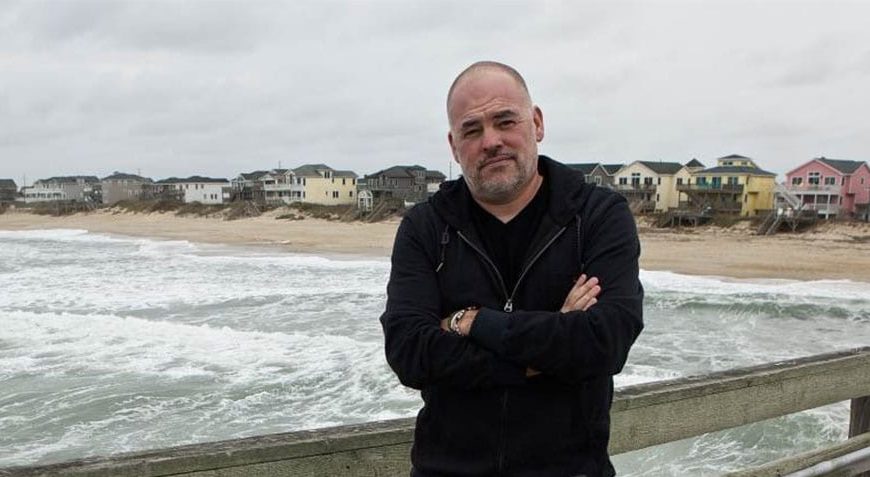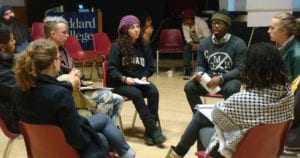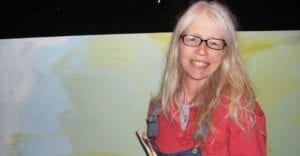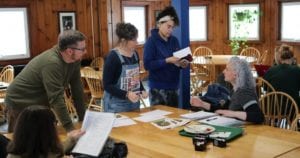
I am a self-taught writer. There are many of us out there, though possibly not so many who are teaching creative writing in an MFA program. I wrote my first novel because I had to; it was a story that I had to unravel in order to understand my mother and her family through a missing piece of history. I did some research, came up with some characters and events, and started putting my dreams on a page. When I lost my way, as I did from time to time, I read. From other people’s books, I learned how to build my own. I was reminded of what caught my head and my heart and pulled me in, and I began to notice what other writers did to keep me there, when they lost or confused me, and how they satisfied me.
Writing was my voice, myself in translation. Reading was relationship, community, love.
It wasn’t until my novel was published and I realized that I had to do it again that it occurred to me that there were rules to writing, a lexicon, essential elements, and that I should know these things. For example, the shape of a mystery is different than the shape of a thriller, is different than the journey of the hero; not all “exciting stories” are built the same way. I needed to learn, not just “stuff to help me get this book done,” but “stuff I needed to know to be a writer who could write anything I wanted (though, realistically, I will never write a good poem!). It was thrilling to learn how to write, and more thrilling, once I began teaching, to be asked a question and have an answer on the spot based on what I did, what I knew, what I’d realized, rather than regurgitating what some professor had lectured and tested me on.
There are two halves to the writer. The urgent voice of the human who has a dream, who records an inchoate diary in the dark; and the intellectual who understands the effect of choices and editorial decisions, and can shape the notes in that diary into a memoir through a myriad of decisions about what to put in and what to leave out and what order everything goes in. Both are necessary, and both continue to be necessary no matter where you are in the process. One thing I have learned in my effort to wrestle my latest novel into shape for more than a decade is that it is great to be able to ask, “how do I do this, link these, make this happen?” and edit accordingly, but for me, my true breakthroughs in revision have come when I tap into that human and asked, “Why do I care about this? What did I need to say? What is urgent here?”
How to write can be taught. What to write and why to write it, though, these are the things I find myself circling back to, as a writer and also as a teacher. With my students and mentees, I have started thinking outside usual classroom settings, using dance, movement, free association, and the Tarot for inspiration and to access the heart. Tarot cards remind me of what I know, why I care, how I feel; they put me back in touch with the desires, dreams, needs, and fears that drive every good story. I can ask them about a character, or for a lens through which to view a scene, and the images and messages in the cards always spark something for me.
I’ve recently started a feature on She Writes, picking a single Tarot card every two weeks, and reading it from a writer’s point of view (with an accompanying writing exercise). I am using a deck created by former MFAW faculty member extraordinaire Rachel Pollack. I encourage you to take a look (you don’t have to be a She Writes member, a writer, or a “she” to access it) and if the reading or exercise also sparks something in you, I encourage you to share your experience here or on the She Write page. Here’s a direct link to the first in the series.
May the inspiration be with you!







